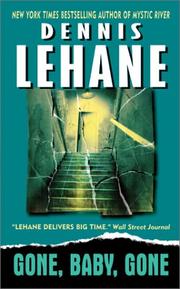The last installment of my “What is a Cozy?” series touched off a few memories that I wanted to share: the months I worked at Barnes and Noble.
It was the summer of 2003, after my freshman year of college. I cashiered, shelved, and located books until my brains nearly fell out. And, as much as retail can be, it was a wonderful experience.
I remember the customer complaints. “Why don’t you have an entrance over here?” one asked, as if I were the building’s architect. “When I opened this book, the spine broke. What piece of crap!” another pointed out.
We had customers who would leave sex books in the kids’ section, and a man who tried to return a book six months after he purchased it.
I recall the non sequitur humor of my co-workers, one of whom said that Erica Jong “must suck”—because her books were in the fiction section.
I didn’t much enjoy pushing B&N’s discount card on customers. ($20 a year for 10% off. Very few of our customers spent the $200 on books per year they would need to just break even.) Bizarrely, one customer grew angry when I didn’t pitch it to him. He only grew angrier when I told him the details.
But what I remember most from that summer was Harry Potter night. Yes, I worked the midnight shift and helped release Order of the Phoenix into the book-reading wild.
I wasn’t a Harry Potter fan before that. I’d never even read the books. But seeing my name on the schedule kicked my rear into gear, and I read all of the first four books in about a week or two. What started out as a simple YA tale unfolded into something more magical. The customer service kiosk held a countdown calendar (which I still have), and I enjoyed ripping off the page at the start of each day.
 The night came. Children came dressed as their favorite character. They made wands. They sang songs. They had their faces painted. They stood next to a cardboard cut-out of Harry Potter and had their picture taken.
The night came. Children came dressed as their favorite character. They made wands. They sang songs. They had their faces painted. They stood next to a cardboard cut-out of Harry Potter and had their picture taken.Then they lined up. I stood behind the counter, a box of open books at my feet. All of us counted down until midnight, and when the clock struck, we triumphantly held the books aloft to cheers from the crowd. I felt, in a rare moment, like I was really wrapped up in something bigger than me.
I got so caught up in the excitement that I only sold one copy to the first family in line, when their pre-order had entitled them to two. They were so happy to get their copy, they didn’t notice either. I’ve felt bad about it ever since, and I want to take this time to apologize. Sorry, folks! Hope you didn’t have to wait too long to get your extra book. I can’t imagine how much you fought over who got to read it first.
I haven’t bought a book from Barnes and Noble in years. And I don’t feel bad about it, either. eBooks and online ordering from Amazon have made my book-buying experiences easier than ever. But if there’s one thing I’ll miss about the brick and mortar stores, it’s things like the Harry Potter nights. I love my Kindle. I love the new things happening in publishing. But part of me will miss the magic.



